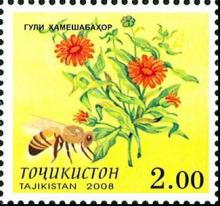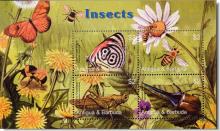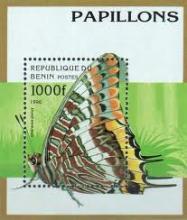
Der Toxikologe Dr. Henk Tennekes weist in einer aktuellen Studie nach, dass die Langzeitrisiken der Insektizide Imidacloprid und Thiacloprid weitaus größer sind, als bislang angenommen. In der Studie "The significance of the Druckrey-Küpfmüller equation for risk assessment - The toxicity of neonicotinoid insecticides to arthropods is reinforced by exposure", erklärt Tennekes das gängige Verfahren zur Bestimmung der Auswirkungen von bestimmten Dosen eines Wirkstoffs auf einen ausgewählten Organismus. Er belegt, dass die Expositionsdauer einen wesentlichen Einfluss darauf hat, wie hoch eine Dosis sein muss, um einen schädigenden Effekt auf den Testorganismus auszuüben. Setzt man beispielsweise Honigbienen über einen längeren Zeitraum einer niedrigen Konzentration von Imidacloprid aus, so kommt es zu letalen Effekten obgleich die Gesamtbelastung 60-6000mal unterhalb der Dosis liegt, die den gleichen Effekt in Testverfahren zur Ermittlung der akuten Toxizität hat.
Das Risiko von Pestiziden wie Imidacloprid und Thiacloprid wird demnach erheblich unterschätzt. Dies gilt besonders für Wasserlebewesen, Bodenorganismen und Bienen. Die bislang gültigen Grenzwerte wurden weitgehend aus Kurzzeit-Tests abgeleitet. Würde man Langzeit-Versuche durchführen, könnten schon bei wesentlich geringeren Konzentrationen verheerende Schäden auftreten.
Tennekes kommt in seiner Studie zu dem Schluss, dass die Belastung mit niedrigen Neonicotinoid-Dosen einen negativen Einfluss auf das Sammelverhalten und das Lernvermögen von Honigbienen haben können und somit in Folge subletale Imidacloprid-Konzentrationen sich schädigend auf die Bienenkolonie auswirken und dadurch den Zusammenbruch einer Kolonie verursachen können.






